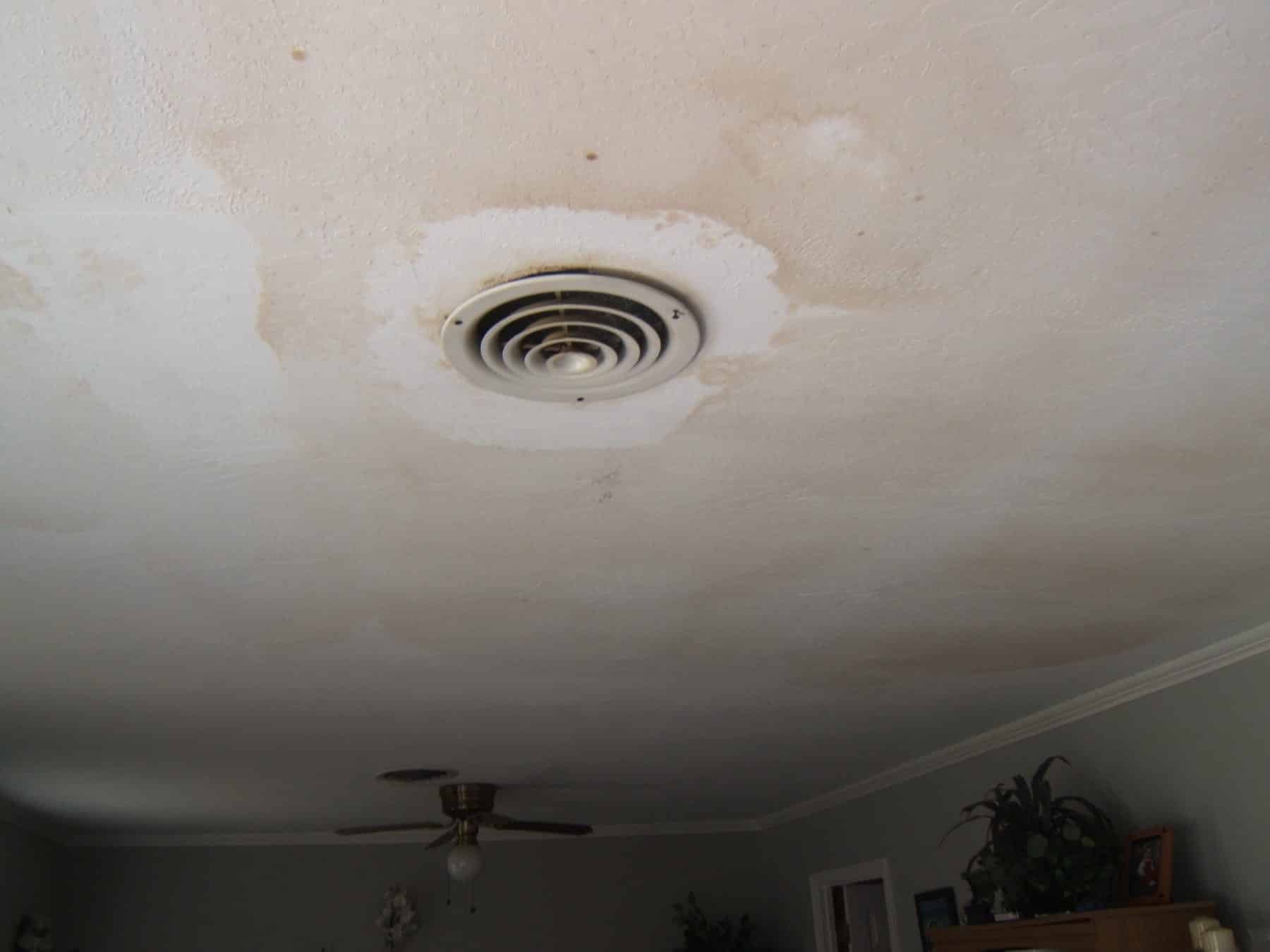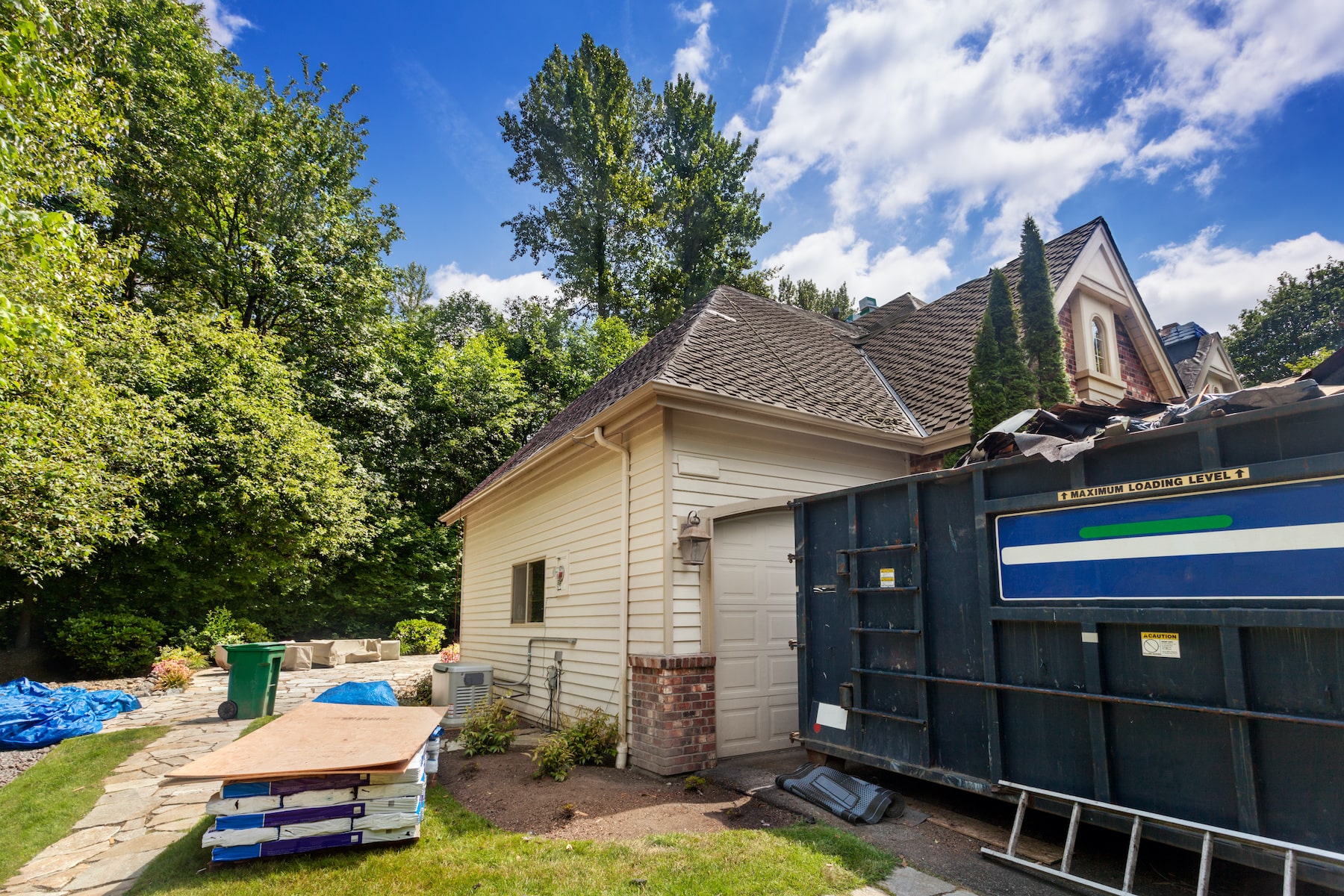How to Determine the Age of Your Roof: A Comprehensive Guide
Determining the age of your roof is critical for understanding its remaining lifespan, anticipating necessary maintenance, and planning for eventual replacement. The lifespan of a roof varies depending on materials, installation quality, and environmental factors. Knowing how to assess your roof’s condition can save you from unexpected costs and help maintain your home’s integrity.
If you’ve ever wondered about your roof’s age, you’re not alone. Many homeowners find themselves questioning the longevity of their roof, particularly when facing potential leaks or visible damage. Assessing the age of your roof involves looking for telltale signs of wear and tear, consulting professional inspections, and understanding the documentation related to your home’s roofing history.
Key Takeaways
- Identifying the age of your roof is crucial for planning maintenance and replacements.
- Visible wear, professional assessments, and historical documents are key to determining roof age.
- Regular maintenance may extend the life of your roof and delay the need for replacement.
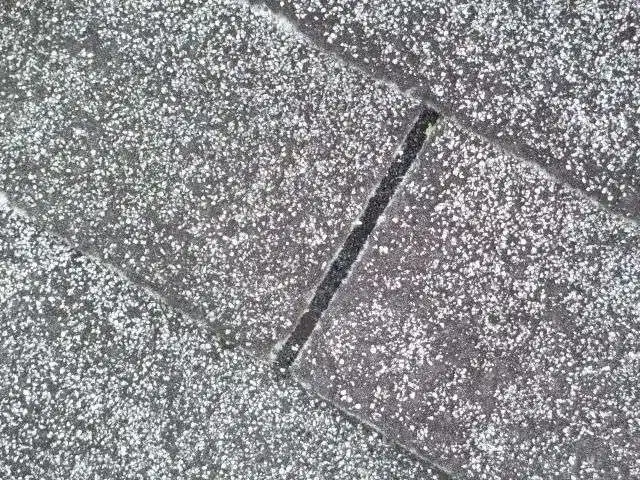
Understanding Roof Lifespan
When considering the longevity of your roof, it’s crucial to understand that several factors contribute to how long it will last. By being informed about these factors and the materials involved, you can have a realistic expectation for the lifespan of your roof.
Factors Affecting Roof Longevity
Workmanship and Installation Quality: The skill and care put into the installation of your roof can significantly impact its lifespan. Poor installation can lead to a host of problems that prematurely age your roof.
Environmental Conditions: Your local weather patterns, such as extreme temperatures, heavy snowfall, or high winds, play a major role in determining how long your roof can withstand the elements before needing replacement.
Average Lifespan of Different Roofing Materials
- Asphalt Shingles: This common roofing material has a lifespan of around 20 to 25 years if it is installed correctly and maintained properly.
- Metal Roofing: Known for its durability, metal roofs can last approximately 40 to 70 years. Their resilience makes them a popular choice for areas prone to severe weather.
- Tile Roofs: Comprising materials like clay or concrete, these roofs are not only aesthetically pleasing but also extremely durable, with lifespans that can exceed 50 years.
Remember, a roof’s durability and longevity are contingent on a confluence of materials quality and environmental factors. Still, these average lifespans provide a solid baseline for your expectations.
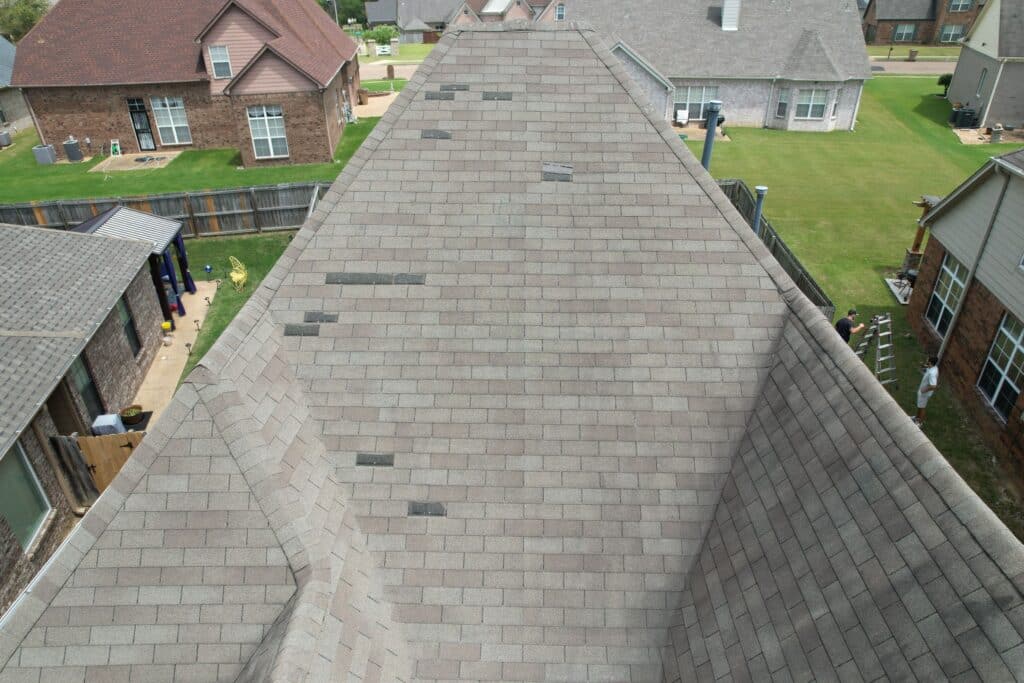
Signs of an Aging Roof
Recognizing the signs of an aging roof can help you address potential issues before they lead to significant damage. A careful assessment focused on specific factors is essential in determining the true condition of your roof.
Visual Inspection Points
Conducting a visual inspection is a critical first step in assessing your roof’s condition. Here’s what to look for:
- Missing Shingles: Check for any gaps where shingles may have fallen off.
- Curling Shingles: Notice if shingle edges are turning upward or the middle is coming up, which is a sign of possible leaks or wind damage.
- Buckling: Look for shingles that are visibly lifted, which could indicate moisture in the attic or poor installation.
- Granule Loss: Examine your gutters and downspouts for excessive shingle granules, a sign that your roof’s protective layer is wearing away.
Common Aging Indicators
Aging roofs show common patterns of wear and tear that signal it may be time to act:
- Widespread Granule Loss: A sparse coating of granules on the shingles exposes the asphalt, leading to accelerated aging.
- Curling or Buckling Shingles: These defects allow for water seepage, which can cause rot and mold.
By identifying these signs early, you’ll be able to determine if repairs or a full roof replacement is necessary.
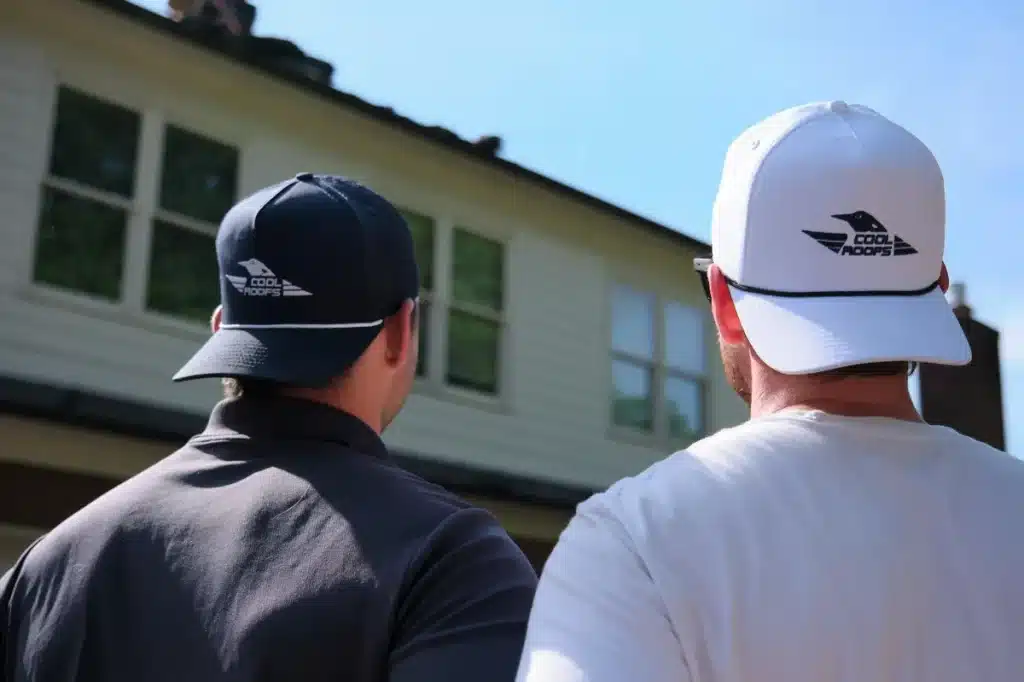
Professional Roof Inspections
Engaging a roofing professional to perform a professional roofing inspection is crucial for assessing the true condition of your roof. This process ensures that an experienced inspector evaluates your roof’s health and longevity.
When to Schedule an Inspection
You should schedule an inspection if you’re purchasing a new home, after a major storm, or as part of your regular home maintenance routine. Ideally, have your roof inspected once every few years, or annually if the roof is older or in an area with frequent severe weather.
What Inspectors Look For
During a roof inspection, professionals look for several key indicators of a roof’s condition:
- Structural Inspection: The inspector will check for uneven roof planes and signs of sagging, as well as the condition of soffit, fascia, and gutter system.
- Material Inspection: Here, they will look for loose, missing, or curling shingles; stains; moss; rust; and missing flashing or fasteners.
- Interior Inspection: This involves examining the attic for proper insulation, ventilation, moisture, and mold which could indicate roof leaks.
- Workmanship Inspection: Inspectors assess the quality of installation to ensure that poor workmanship hasn’t led to any problems that could cause leaks or other roof damage.
A thorough report from your inspection will highlight any current problems or potential concerns, allowing you to address issues before they lead to serious damage.
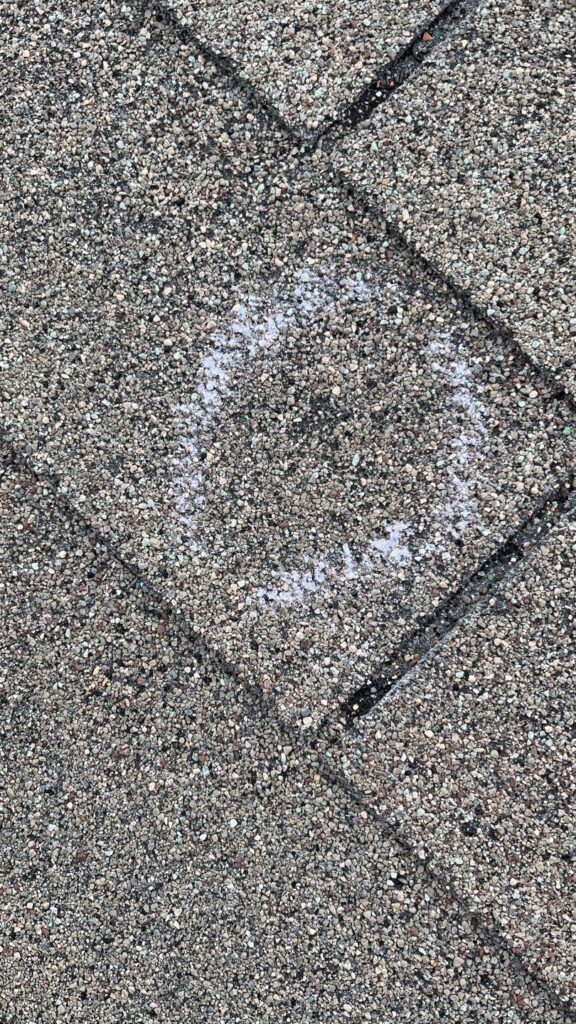
Identifying Roof Damage
When evaluating the condition of your roof, it’s vital for you to recognize signs of damage. Timely identification can prevent minor issues from becoming severe.
Weather-Induced Damage
High Winds: Strong winds can tear or lift shingles from your roof, leaving it vulnerable to further harm. After a storm, check for missing, cracked, or curled shingles.
Hail: Hail can create dimples or bruising in shingles. These spots are where the granules have been knocked off, possibly exposing the underlayment.
Visual Inspection: Regularly inspect your shingles for signs of weather damage, such as discoloration or missing granules, which can indicate the age and health of your roof.
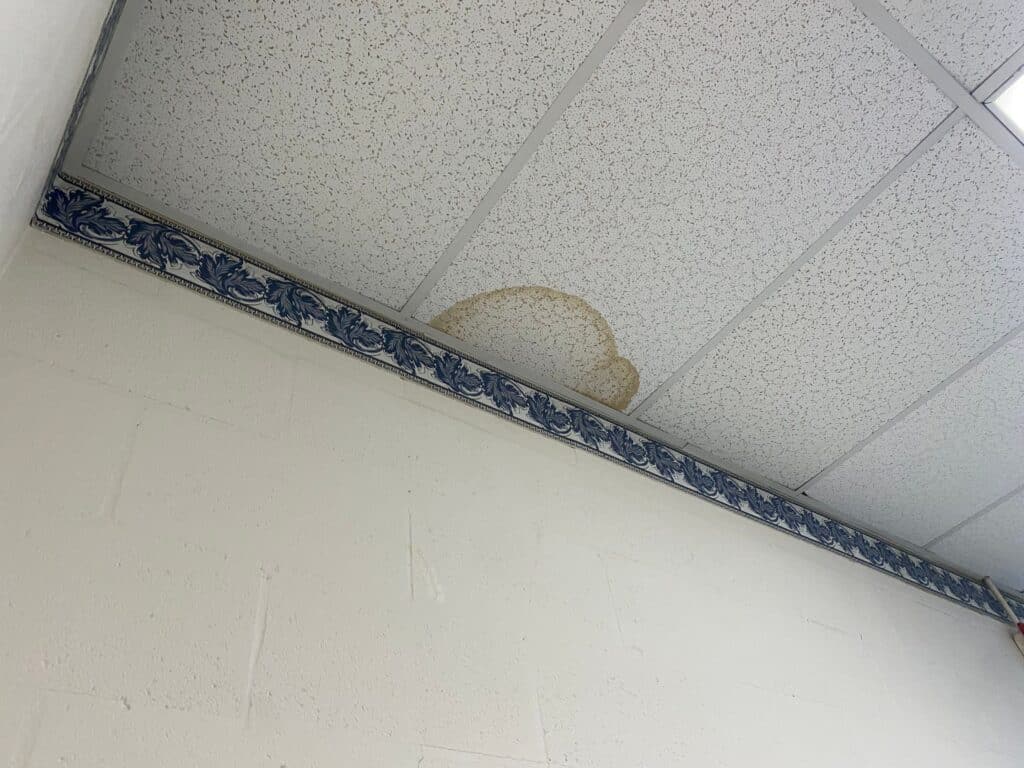
Water-Related Issues
Leaks: Keep an eye out for signs of leaks or water damage inside your home, like water stains on ceilings or walls.
Exterior Inspection: Examine the roof for sagging areas or rotting boards, particularly where water may pool or collect.
Moss and Algae: The presence of moss or algae growth can retain moisture against roof surfaces, possibly leading to rot. If you see extensive moss or algae, it’s a sign that there might be trapped moisture, which can damage the roof structure over time.
Note: To mitigate water-related issues, ensure gutters and downspouts are clear of debris to prevent water backing up onto the roof.
Remember, identifying roof damage early can save you from costly repairs in the future.
Maintenance and Repairs
Maintaining your roof is essential for prolonging its life and ensuring its effectiveness in sheltering your home. Regular maintenance can pre-empt costly repairs and manage the inevitable wear and tear that occurs over time.
Routine Upkeep Steps
- Inspect: Biannually inspect your roof for signs of damage, such as missing, loose, or worn shingles.
- Clean: Remove debris, such as leaves and twigs, from gutters to prevent water buildup and damage.
- Trim Trees: Keeping nearby trees trimmed back can prevent mechanical damage to roofing materials.
Dealing with Wear and Tear
- Identify Issues: Look for missing shingles, cracked caulk, or rust spots on flashing.
- Proactive Repairs: Addressing small issues quickly can prevent them from becoming larger, more expensive problems.
Remember, consistent maintenance and prompt attention to repairs can extend the lifetime of your roof and prevent interior home damage.

Roof Replacement Considerations
When considering a roof replacement, it’s pivotal to conduct a thorough evaluation to determine the necessity of the project and to select a qualified roofing contractor to ensure quality workmanship.
Evaluating Replacement Needs
Before deciding on a roof replacement, it’s essential to assess whether the replacement is indeed necessary. Examine your current roof for signs of extensive wear, such as significant leakage or damaged shingles. If your roof’s functional age seems compromised, or if repairs are frequent and costly, it may be more economical to replace the roof rather than maintain the existing one. Obtain multiple quotes from roofing companies to compare costs for materials and labor, keeping in mind that investing in a high-quality roof can have long-term savings.
Choosing a Roofing Contractor
Choosing the right roofing contractor is just as important as the decision to replace your roof. Begin by researching local roofing companies and compiling a list of potential candidates. Here are some steps you should take:
- Request Quotes: Aim to get at least three quotes to compare pricing and services.
- Check Credentials: Verify licensing, insurance, and whether they are bonded.
- Read Reviews: Look at reviews and testimonials from previous customers.
- Ask for References: A reputable contractor should provide a list of past projects.
- Examine Warranties: Understand warranty offerings for materials and workmanship.
When interacting with potential contractors, it’s crucial to ask specific questions regarding their approach to the installation, their assessment of your roof, and the timeline for completion. This allows you to gauge their professionalism and expertise.
Remember, a quality roofing contractor will provide a detailed quote that includes a breakdown of all costs associated with your roof replacement. This transparency ensures that you are well-informed about where your investment is going.

Documentation and History
When you’re trying to establish the age of your roof, the gathered documentation and history can serve as definitive evidence. With careful examination of past maintenance records and thoughtful inquiries with individuals connected to your home’s history, you can often pinpoint your roof’s age.
Trace Previous Maintenance Records
Maintenance records are a goldmine of information. Dig into any records you can find, as they often include dates and details of past roofing work. You should check for:
- Invoices: These can detail the extent of past repairs or replacements.
- Warranty Documents: Look for expiration dates which can suggest the installation timeline.
Searching through these records may reveal a clear timeline of your roof’s maintenance and possibly its initial installation.
Consult With Previous Owners and Real Estate Agents
Previous owners are a direct link to your home’s past. Reach out and ask them specifically about any roofing work they remember. A simple question to a previous owner can unveil crucial information not documented elsewhere.
Real estate agents, especially those who specialize in your area, can sometimes provide insights beyond public records. They may know the roof’s age if they handled past sales of your property. Speaking to the real estate agent who assisted with your home’s purchase can be particularly helpful.
Remember, while investigating, every receipt or detailed account from previous owners is instrumental in piecing together your roof’s chronological story.
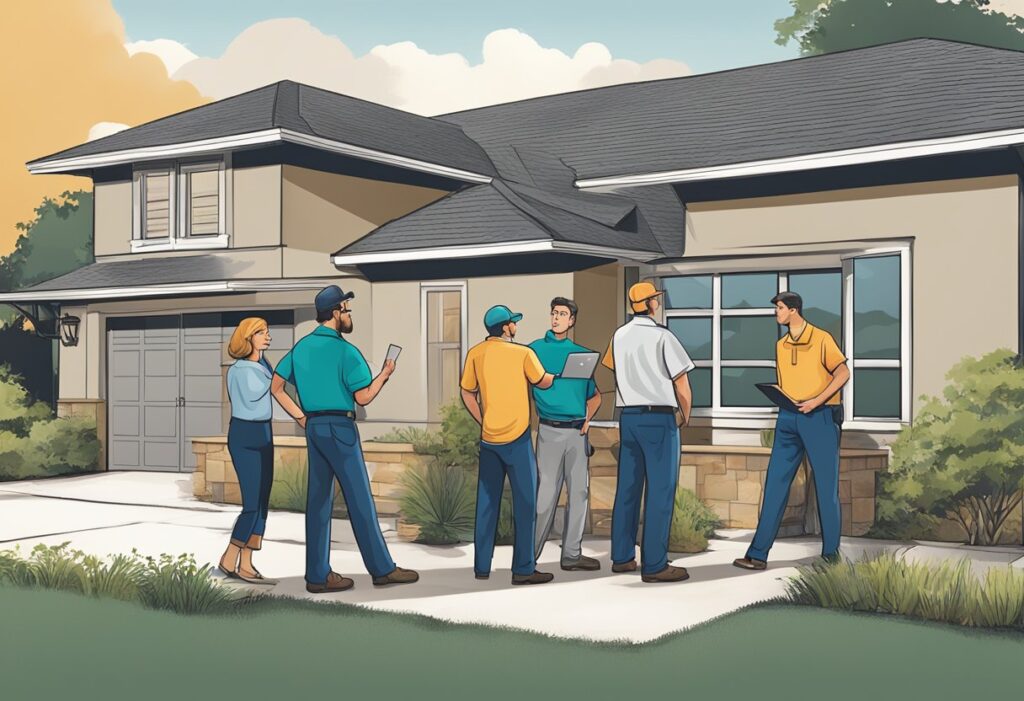
Understanding Warranties and Permits
When assessing the age of your roof, it’s essential to consider the warranties provided and to understand the role of building permits. These documents can provide definitive information on the lifespan and installation date of your roofing system.
Types of Roofing Warranties
- Manufacturer’s Material Warranty: Typically, these warranties cover defects in roofing materials and vary significantly, spanning from 20 years to a lifetime. However, be aware that a lifetime warranty often refers to the expected life of the roof, not your lifetime.
- Workmanship Warranty: Issued by the roofing contractor, this addresses labor and installation quality. A workmanship warranty can range from 2 to 10 years on average.
Be sure to review the details of your warranties, as they can reveal the expected durability and service life of your roof.
Building Permit Requirements
- Proof of Installation Date: The building permit is a public record that not only signifies compliance with local codes but also indicates the installation date of your roof. Not all roofing work requires a permit, but where they do, permits are a reliable source to evaluate your roof’s age.
- Relevance to Workmanship: Permits often require inspections, which add a layer of assurance regarding the workmanship quality. If your roof replacement required a permit, it would likely have undergone an inspection to ensure that the work met specific standards.
To ascertain the true age of your roof and the quality of work performed, be sure to check for warranties and examine any available building permits related to your roofing system.

Frequently Asked Questions
When considering the age and condition of your roof, there are specific, tell-tale signs to look for and certain records that can provide valuable information. Your approach to inspecting the roof and estimating its remaining life expectancy will be crucial in determining whether replacement is necessary.
What are the typical signs that indicate a roof needs to be replaced?
Your roof may need replacement if you notice shingles that are curling, missing, or covered with moss and algae. Extensive leakage or widespread staining on interior ceilings also suggests significant wear.
Can the expected lifespan of an asphalt shingle roof be accurately estimated?
Yes, the lifespan of an asphalt shingle roof can be estimated based on the quality of the materials used and the conditions to which the roof has been exposed. Generally, you can expect a standard asphalt shingle roof to last between 15 to 30 years.
What information can be obtained from public records regarding roof replacement?
Public records may hold details of the latest roof installation, usually tied to building permits issued for previous work. By checking with local building departments or online property records, you can often find dates of permits that correlate with roof work.
How should a homeowner approach a roof inspection to determine its age?
You should start with a visual inspection to check for worn, damaged, or missing shingles. If comfortable and safe, inspect the roof more closely or consider hiring a professional to uncover any signs of aging or damage that aren’t visible from the ground.
How does one estimate the remaining life expectancy of a roof?
Estimate the remaining life of a roof by considering factors like its material, the quality of installation, local weather conditions, and any visible damage. Regular maintenance and prompt repairs can extend a roof’s life.
At what point is a roof generally considered too old and in need of replacement?
A roof is often considered too old when it is frequently in need of repairs, shows signs of serious wear, or has reached the end of its expected lifespan. It’s typically a predetermined number of years depending on the roofing material used.

